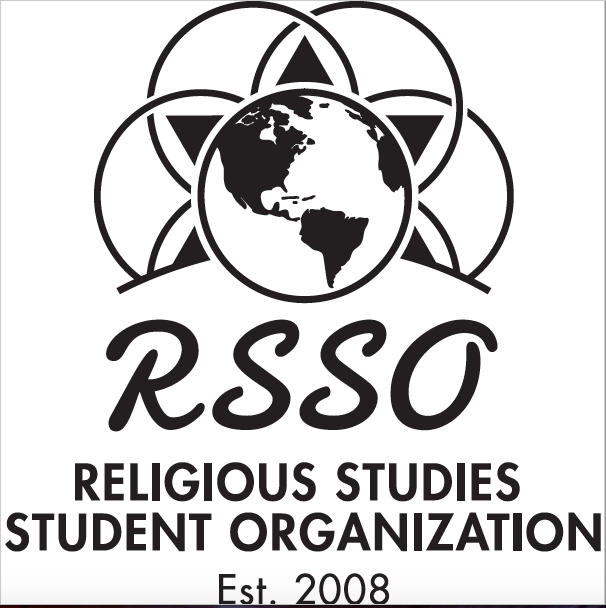Start Date
10-4-2021 9:14 AM
End Date
10-4-2021 10:20 AM
Abstract
In pluralistic societies, where neighbors come from a variety of cultural backgrounds, religious literacy among the populace is crucial. Connections must be made between people of differing faiths, and theological bridges must be built to enable fruitful discussion. Approaches to interreligious engagement for Christian theologians have historically been grounded in the emphasis of one Person of the Holy Trinity over the other two Persons, establishing distinct Christocentric, theocentric, and pneumatological approaches. A focus on Christ’s role in Christianity’s telos, i.e., salvation, inevitably makes a claim on whom can be “saved” – i.e., whether all of creation or only those within the church. Christocentric theologies of religion thus fall short of fully accounting for religious differences, dismissing them as containing incomplete knowledge. Alternatively, with the growth of modern science, Western thinkers began to search for a common truth unifying all religions. Focusing primarily on the First Person of the Trinity, this approach sought to discover the “Designer” behind a well-designed universe. Such theologies, however, inappropriately reduce all religions to a presumed identical purpose, often based on Western philosophies. Again, differences are dismissed rather than affirmed. While these first two approaches fall short, Christian thought requires a framework for understanding how to engage other religions, yet this must be achieved in a way that allows Christians to be true to their own claims while also accurately acknowledging the claims of other religions. Seeking to balance these goals, Christian thinkers, such as Amos Yong, have more recently begun to explore the possibilities of placing greater emphasis on the role of the third Person of the Trinity, i.e., the Holy Spirit, promoting a more hospitable context for interreligious discourse while accurately articulating the historical shortcomings of Christocentrism and theocentrism.
Trinitarian Influences upon Christian Interreligious Discourse in a Globalizing World
In pluralistic societies, where neighbors come from a variety of cultural backgrounds, religious literacy among the populace is crucial. Connections must be made between people of differing faiths, and theological bridges must be built to enable fruitful discussion. Approaches to interreligious engagement for Christian theologians have historically been grounded in the emphasis of one Person of the Holy Trinity over the other two Persons, establishing distinct Christocentric, theocentric, and pneumatological approaches. A focus on Christ’s role in Christianity’s telos, i.e., salvation, inevitably makes a claim on whom can be “saved” – i.e., whether all of creation or only those within the church. Christocentric theologies of religion thus fall short of fully accounting for religious differences, dismissing them as containing incomplete knowledge. Alternatively, with the growth of modern science, Western thinkers began to search for a common truth unifying all religions. Focusing primarily on the First Person of the Trinity, this approach sought to discover the “Designer” behind a well-designed universe. Such theologies, however, inappropriately reduce all religions to a presumed identical purpose, often based on Western philosophies. Again, differences are dismissed rather than affirmed. While these first two approaches fall short, Christian thought requires a framework for understanding how to engage other religions, yet this must be achieved in a way that allows Christians to be true to their own claims while also accurately acknowledging the claims of other religions. Seeking to balance these goals, Christian thinkers, such as Amos Yong, have more recently begun to explore the possibilities of placing greater emphasis on the role of the third Person of the Trinity, i.e., the Holy Spirit, promoting a more hospitable context for interreligious discourse while accurately articulating the historical shortcomings of Christocentrism and theocentrism.

